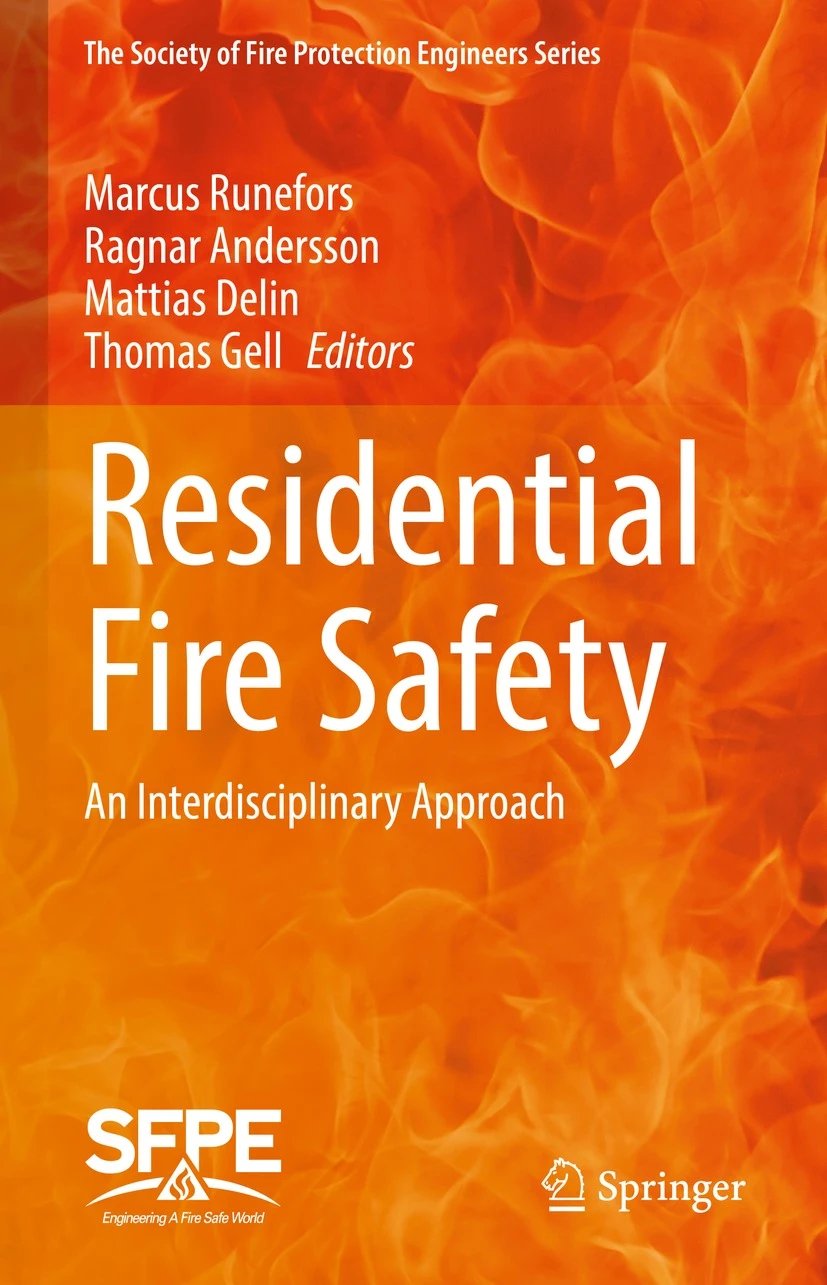
Fires kill 120 000 people annually worldwide. In this new 400 page book, experts analyse causes, demographics, prevention. Fire death rates are especially high in the very young (1-4 years) and the old (>70) and decrease with national income. Fatalities have decreased by 46% since 1990 but with important variations between countries. This is only a small part of the picture, as around 95% of residential fires are unreported and not attended by fire services. Concerning fire prevention, chapters address smoke alarms and human response to them, fire performance and impacts of different types of doors, fire safety of furnishings, interior textiles and bedding, sprinklers. Fire prevention and intervention strategies are presented. Flame retardants are briefly discussed (p. 168), noting the range of different types of FR available, and the need for products that are environment and health friendly. It is emphasised that FRs may address only one aspect of fire safety (e.g. one type of ignition source) but not other fire behaviour aspects (other types of ignition source such as smouldering, or fire growth). The book concludes that a holistic approach to fire safety is needed, covering residents (capacities, behaviour), technology (including flame retardants), actors and governance, including increased knowledge.
Note: chapter 1 indicates 120 000 fire deaths/year worldwide (p. 3). 300 000 / year is indicated (p. 61)
“Residential Fire Safety. An Interdisciplinary Approach”, Ed. M. Runefors , R. Andersson, M. Delin, T. Gell, SFPE (Society of Fire Protection Engineers) – Springer, ISSN 2731-3638, 2022 https://link.springer.com/book/10.1007/978-3-031-06325-1